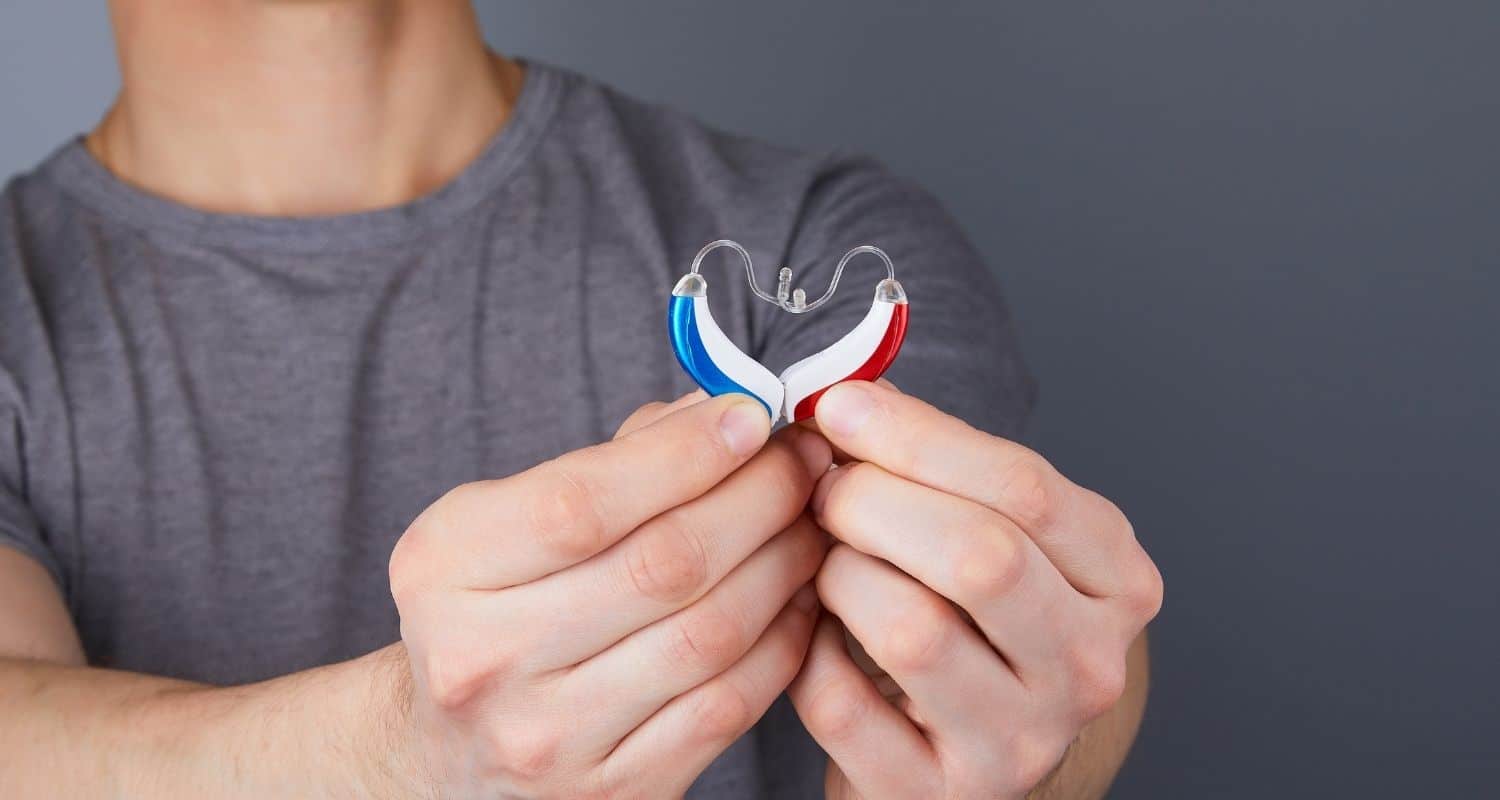
Many aspects of the body rely on symmetrical functioning. Take the legs, for example. Walking becomes difficult when one leg has less ability than the other, any many people require assistive devices such as a cane, walker, or wheelchair when a knee or hip problem comes up. Other parts of the body work similarly. Your hearing uses the symmetry between the two ears to create powerful effects, such as spatial awareness, balance, and directional hearing. However, some people do not have symmetrical hearing. When one ear can hear better than the other, you might be tempted to get assistance only with the “bad” ear. In some more extreme cases, people can have one ear that is completely deaf, while the other has some hearing ability. What are the benefits of wearing two hearing aids? It turns out that we use the differences between our ears as a way to locate ourselves in space and to estimate the location of a sound. If you hear a ball coming in your direction from behind, this spatial effect can be incredibly helpful! Let’s consider some of the benefits of treating bilateral hearing loss with two hearing aids, as well as the surprising benefits for those who have asymmetrical or unilateral hearing loss.
Sound, Space, and Balance
We use our hearing to estimate the relative location of objects and people in space. For instance, we can use the difference in volume between objects to guess which is closer and which is further away. This process is seldom a conscious act of cognition. Instead, we use subconscious audio processing to determine the positions of things in the world. Perhaps even more important is the ability to judge our own body position and to maintain balance. As we balance our heavy bodies on the much smaller surfaces of the feet, we use our ears to determine if we are standing upright and if the ground is not level beneath our feet. The fluid in the inner ear is used for this balancing process, but hearing is used as well. The difference between the two ears is an essential element of this balancing act, as well as location the direction of a speaker or a dangerous object in space.
The Binaural Benefit
Wearing two hearing aids is crucial for maintaining these spatial effects. When we listen to music, often we can choose a “mono” or “stereo” setting. When we enable stereo sound, recording artists and engineers use the principles of binaural hearing—with both ears—to simulate a sense of space. When wearing headphones, we can even get the feeling that we are standing in a room with the band playing. This spatial effect is developing more each day. Innovations in digital signal processors (DSPs) make it possible to simulate all kinds of spatial effects with the simple application of two headphones to the two sides of the head. Hearing aids use this effect, as well. When we wear two hearing aids, they can be adjusted to simulate perfect symmetry between the ears, even when one of the ears has better hearing ability than the other. Other benefits of binaural hearing aids include an overall improvement in sound quality, better sound localization in complex sonic environments, alleviation of tinnitus symptoms, an improved relationship between signal and noise, less strain and stress in the listening process, and overall better satisfaction with the performance of the hearing aids.
With these many benefits in mind, you can imagine how much more enjoyable your listening experience can be with the use of two hearing aids. Those who have bilateral hearing loss will certainly want to use two hearing aids to improve their ability on both sides of the body. However, even those with asymmetrical hearing or unilateral hearing loss—loss in only one of the two ears—can benefit from two hearing aids rather than one. The first step to take is to have a hearing test to determine the relative ability of your two ears. With this complete diagnostic in hand, our hearing health professionals can recommend the right pair of hearing aids to meet your needs and improve the quality of your listening experience.
